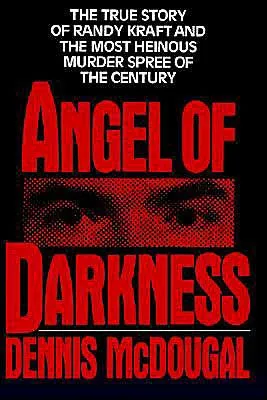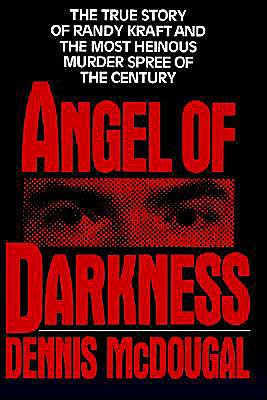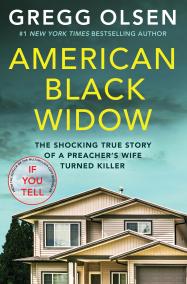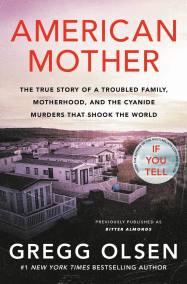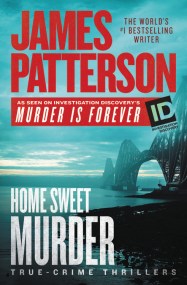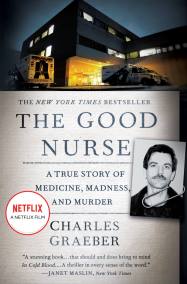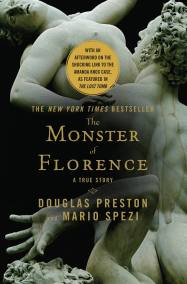Promotion
Use code MOM24 for 20% off site wide + free shipping over $45
Angel of Darkness
The True Story of Randy Kraft and the Most Heinous Murder Spree
Contributors
Formats and Prices
Price
$30.00Price
$39.00 CADFormat
Format:
- Hardcover $30.00 $39.00 CAD
- ebook $12.99 $16.99 CAD
This item is a preorder. Your payment method will be charged immediately, and the product is expected to ship on or around May 1, 1991. This date is subject to change due to shipping delays beyond our control.
Also available from:
Randy Kraft was highly intelligent, politically active, loyal to his friends, committed to his work–and the killer of 67 people–more than any other serial killer known. This book offers a glimpse into the dark mind of a living monster. “To open this book is to open a peephole into hell”.–Associated Press. Photographs.
Genre:
- On Sale
- May 1, 1991
- Page Count
- 336 pages
- Publisher
- Grand Central Publishing
- ISBN-13
- 9780446515382
Newsletter Signup
By clicking ‘Sign Up,’ I acknowledge that I have read and agree to Hachette Book Group’s Privacy Policy and Terms of Use
